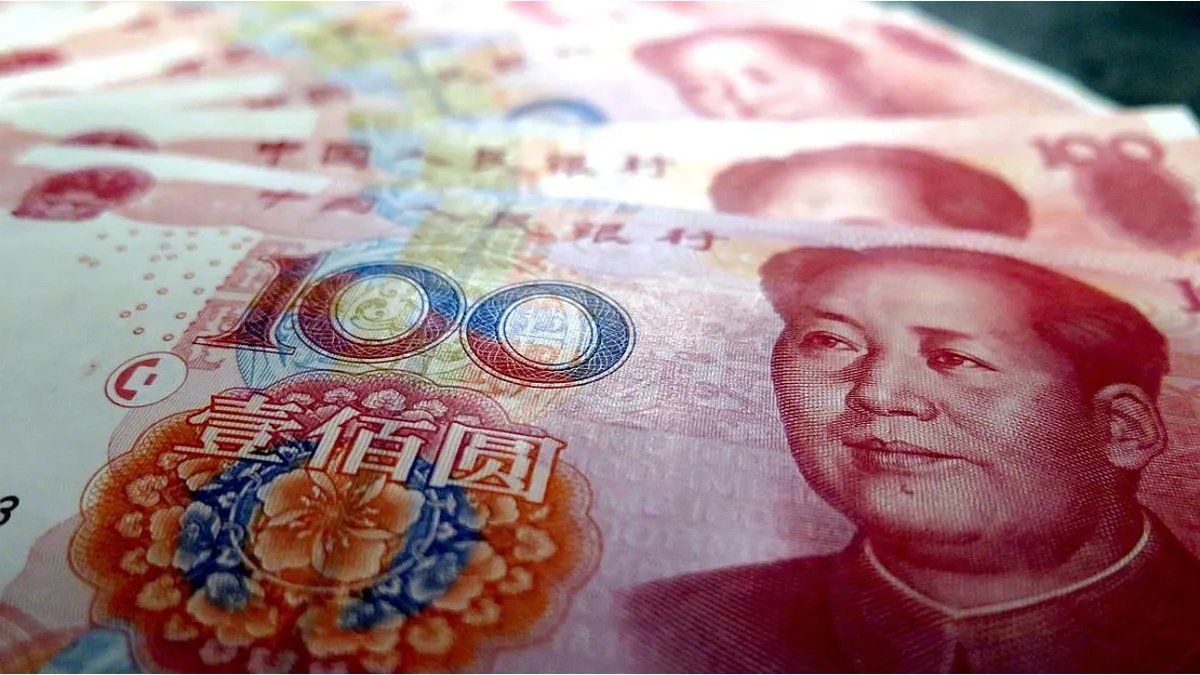After the authorization of the swap with China for US$5,000 million, a “boom” began for trade in yuan, according to sources in the banking sector. The thing is companies appeal to any possible alternative to be able to import, given the extreme shortage of dollars. In April alone, there were approvals for more than $1 billion, but the number is expected to grow: in the last few weeks alone, 12 banks began to see how to start operating with the Chinese currencybefore the wave of inquiries from its customers.
It happens that there are banks, such as Banco Nación or HSBC, that have their own correspondents and could operate. However, there are many others, both private and public and provincial, that what they are analyzing is to start operating in pesos against yuan by creating an account at RMC Clearing Bank, an institution belonging to the Chinese bank ICBC, which has the authorization of the Central Bank to provide the clearing and settlement service.
What you can do is provide the yuan/renminbi “clearing” service to offset balances in pesos for that currency and thus close the payment of an import to another company that operates with a bank in China, or any other country that accepts that coin. Unlike the dollar or the euro, the yuan is not directly convertible, so it requires the intermediation of a bank that has completed the authorization process.
Only in the last 15 days there were inquiries from 12 banks to be able to proceed with using this clearing service, and one is about to sign. To take a dimension of the phenomenon, in a commercial bank they commented that The number of operations with yuan so far this year (five months) has already exceeded everything carried out in 2022.
On a daily basis, companies continue to operate with the banks of which they are clients. However, what changes them is the way they have to go through the process to request approval from the SIRA system, in which they have to declare that they are going to pay in yuan. Although the terms of access to foreign currency are similar (60, 90 or 180 days depending on the size of the company and the category), what can be more expeditious is the approval. Of course, the one who chooses with yuan cannot later choose to pay in dollars.
Therefore, before requesting this authorization, companies have to previously agree with their suppliers in China to be able to pay with this currency. Sources from the financial sector said that all kinds of companies are already operating in this way, from small to large, and from all sectorsfrom automotive to technology.
At the moment, China authorized the use of 35,000 million yuan, close to US$5,000 million, for the payment of commercial operations. In April alone, imports in yuan were authorized for the equivalent of u$s1,087 millionhalf of the purchases made in the Asian country, according to sources from the Ministry of Foreign Trade.
However, the currency swap with China is in force for 130,000 million yuan, equivalent to about US$18,500 million. In fact, the Minister of Economy, Sergio Massa, anticipated that Argentina could go up to US$19,000 million in the use of the swap “if the political conditions were met and if the Chinese Central Bank agreed,” according to what he commented in front of executives from the United States Chamber of Commerce (Amcham).
In fact, Massa travels to Beijing on May 29, with the swap on the agendaas well as in search of direct investments from the Silk Road, and guarantees from the BRICS bank to be able to oil imports from Brazil, the main trading partner.
China’s geopolitical interest is not just about stomping on Latin America. “In China they want the yuan to become one of the main currencies of international trade, and thus stop being a currency exchanged for another,” sources from the financial sector commented. In 2022, China was the main source of imports from Argentina, for US$ 17.5 billion.
Source: Ambito




